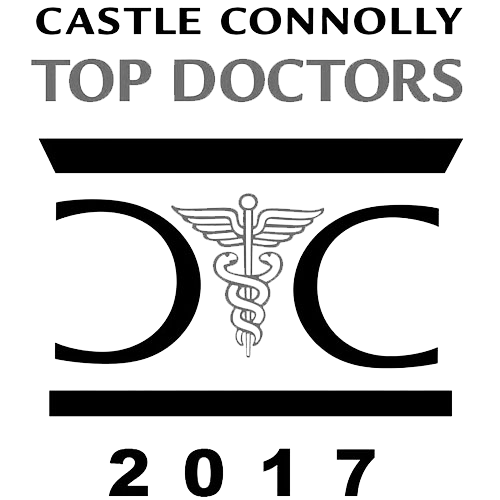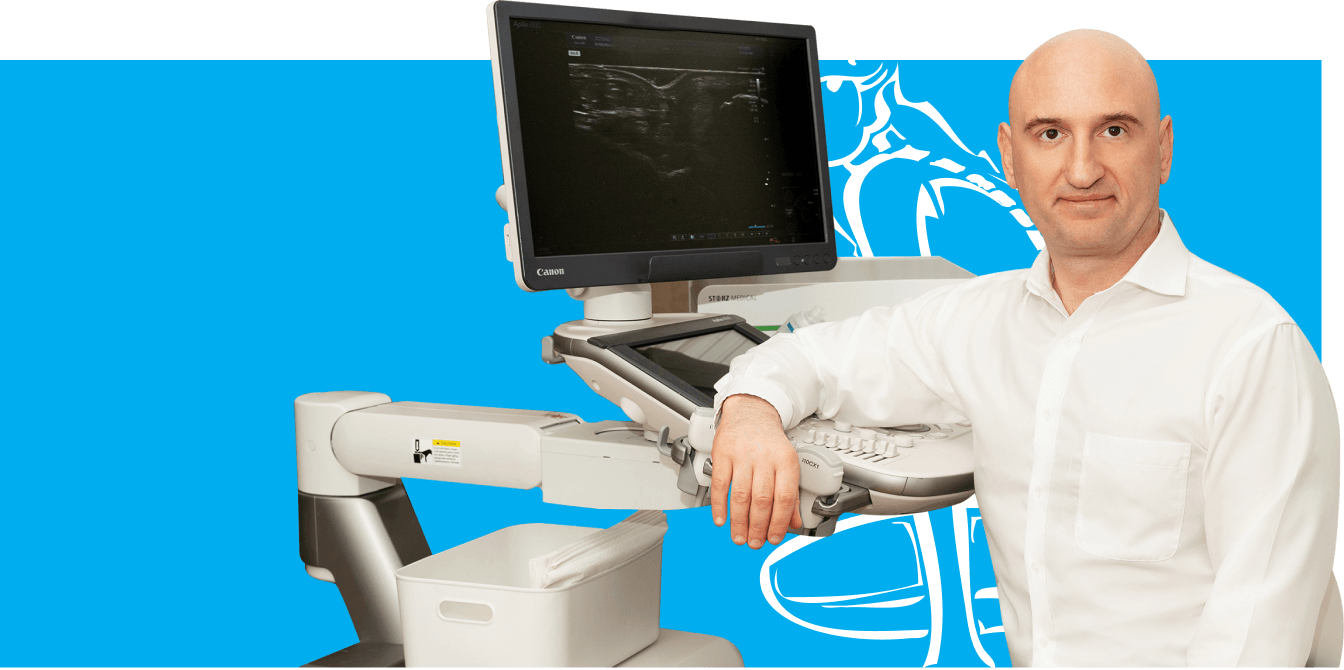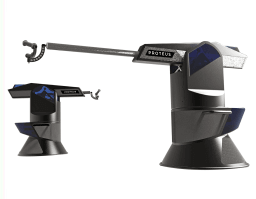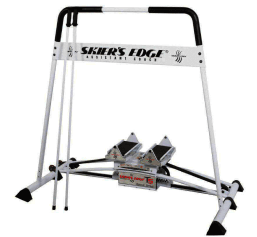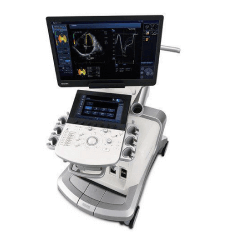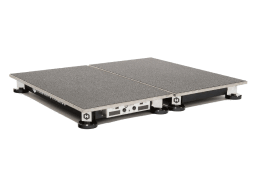Why NYDNRehab is Your Best Choice for Carpal Tunnel Therapy
Run-of-the-mill physical therapy clinics often take a one-size-fits-all approach to diagnosing and treating carpal tunnel symptoms, prescribing cookie-cutter exercises and generic devices that often fall short of resolving symptoms. When all else fails, surgery is often recommended, with several inherent risks and no guarantee of successful results.
At NYDNRehab, our commitment to personalized patient care ensures that your treatment is customized to your unique needs. Our diagnosis is not based on symptoms alone, but on the knowledge and expertise of our team, coupled with high resolution diagnostic ultrasound imaging.
Dr. Kalika is a seasoned specialist in diagnostic ultrasonography for nerve entrapment. Ultrasound allows us to travel the length of the median nerve, from shoulder to hand, to identify the exact site of compression. Accurate diagnosis takes the guesswork out of carpal tunnel therapy, and ensures that your personalized treatment plan will yield quick and lasting results.
Our clinic features some of the most advanced technologies for carpal tunnel therapy, giving our patients access to superior cutting-edge treatment options that really work!



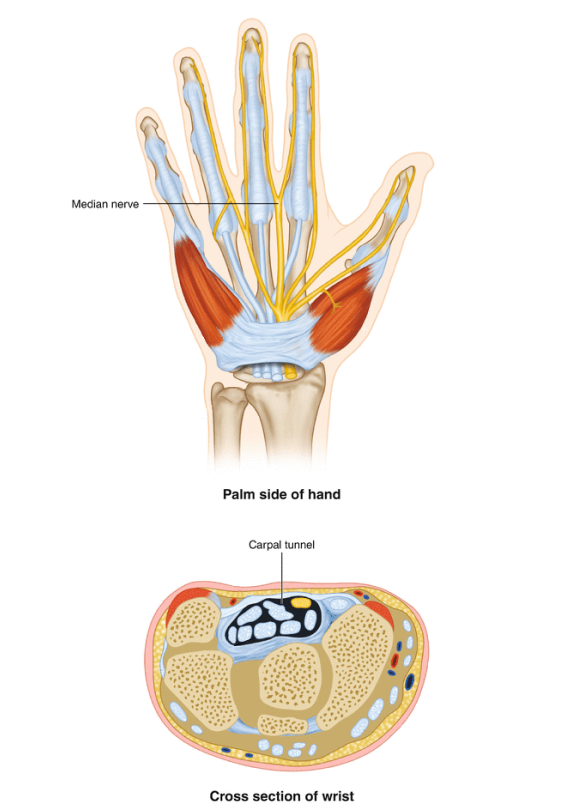


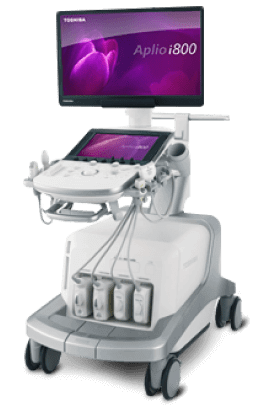
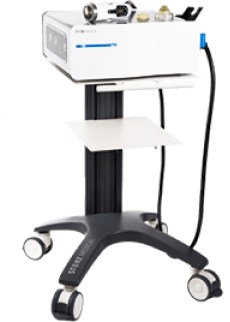
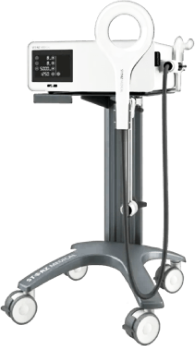
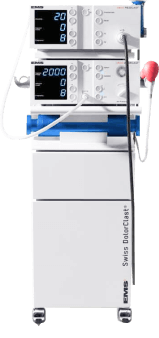
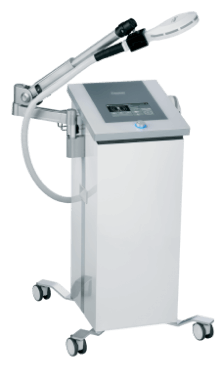
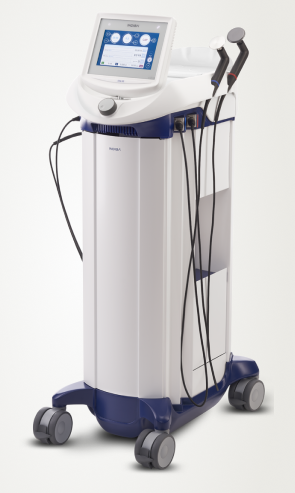
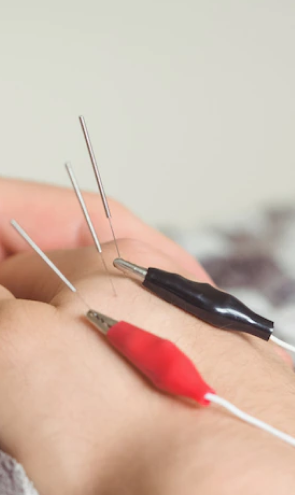

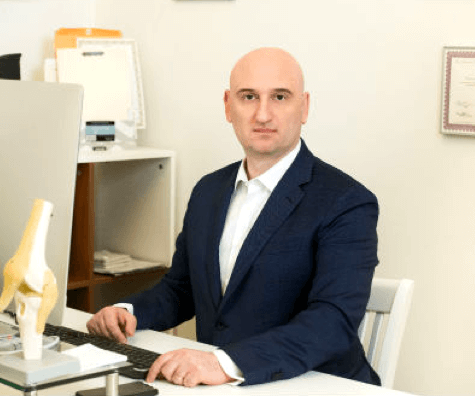
 Dr. Mikhail Bernshteyn
Dr. Mikhail Bernshteyn  Dr. Michael Goynatsky
Dr. Michael Goynatsky  Dr. Daniela Escudero
Dr. Daniela Escudero  Dr. Michelle Agyakwah
Dr. Michelle Agyakwah  Dr. Tatyana Kapustina
Dr. Tatyana Kapustina 